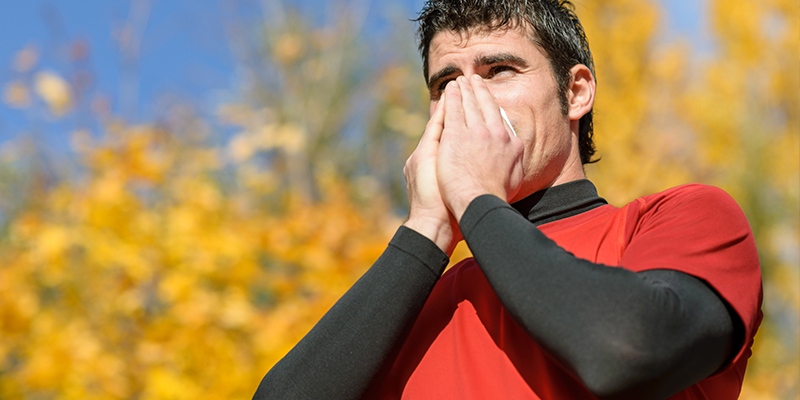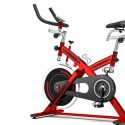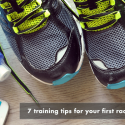Can I exercise if I’m sick?

Do you know someone who is just a little too dedicated to exercise? Someone who goes out for their run when the temperature is in single digits? Someone who arrives in the conference room 10 minutes before the department meeting because the floor space is plentiful and just perfect for stretching? Someone who took the time to lift at the gym — on their wedding day?
What happens when those people are sick, and they know it? Often, they push through it, and that can be a mistake.
It’s actually okay to exercise when you are sick, sometimes. But how can you determine if it is a good idea?
Let’s look at two very common examples that most of us will face a few times a year: colds and flus.
With the common cold, you can usually expect a sore throat, a stuffy, runny nose, and a cough. It will come on gradually, peak, and then fade away.
A flu may have the same symptoms, though much more intense, and they come on much more suddenly. They are usually also accompanied by fever, body aches, and severe fatigue.
So when can you exercise, and when should you not?
Follow the neck rule!
If your symptoms are isolated to the neck and above, go ahead and exercise if you feel up to it. It might even make you feel better. Be aware that your performance might be reduced, and you shouldn’t go for your hardest workouts. Take it easier than usual. Shorten your routine a bit, or reduce the intensity of the workout.
Above-the-neck symptoms include:
- Stuffy, runny nose
- Congestion
- Headache
Below-the-neck symptoms include:
- Chest congestion
- Fever
- Body aches
- Fatigue
- GI trouble
If your symptoms are below the neck, do not exercise! Wait until they clear. It may be a week or two, so be patient! Your body is busy fighting off a serious infection and needs all of its resources. Your immune system is costly, and exercising during this time can set you back and make your illness last longer. When you get back to exercising, be sure to ease into it. Test the water with lighter workouts.



